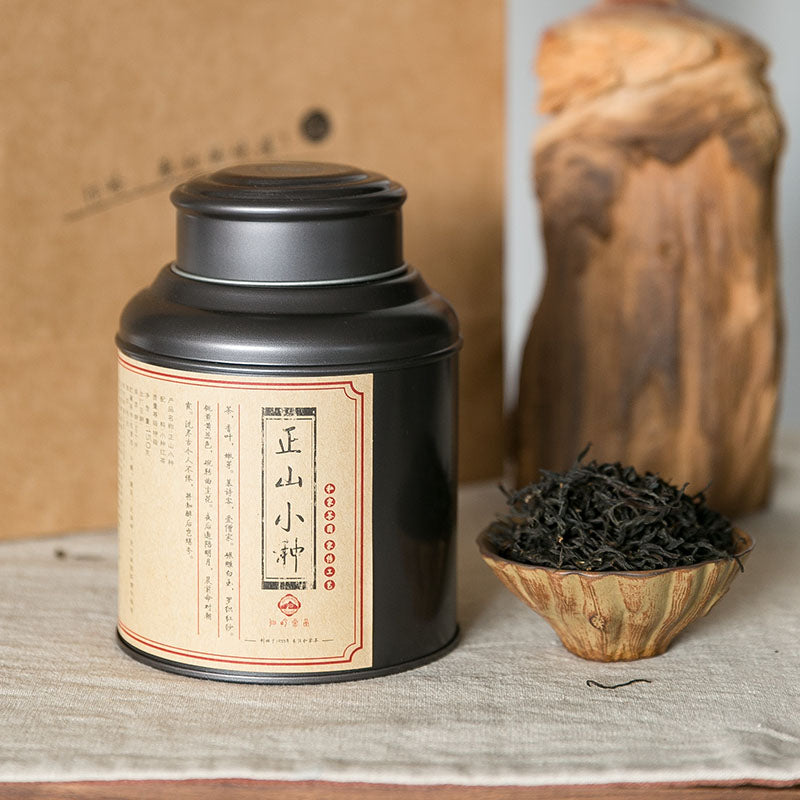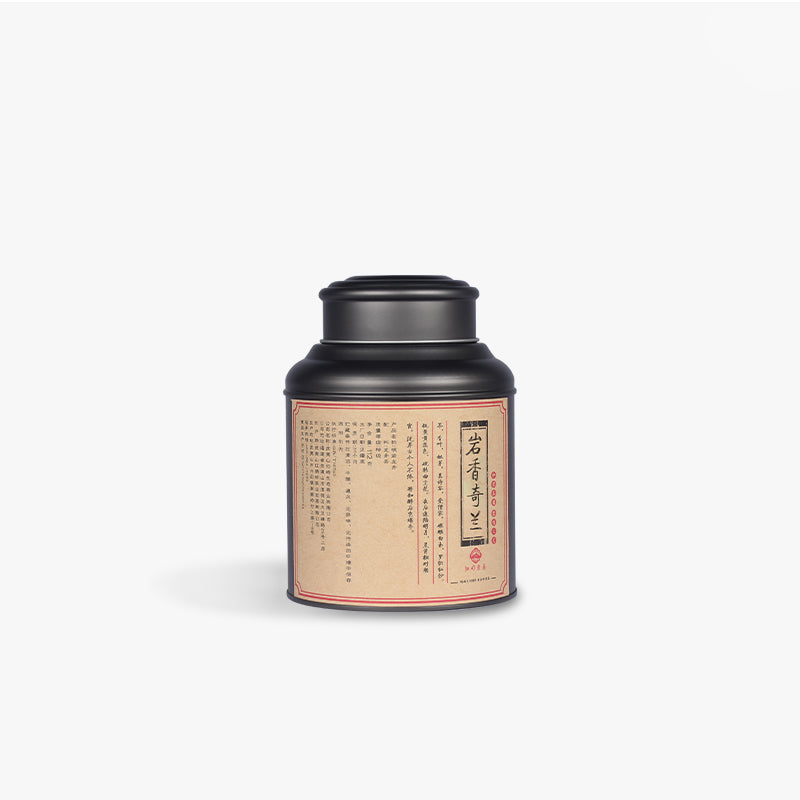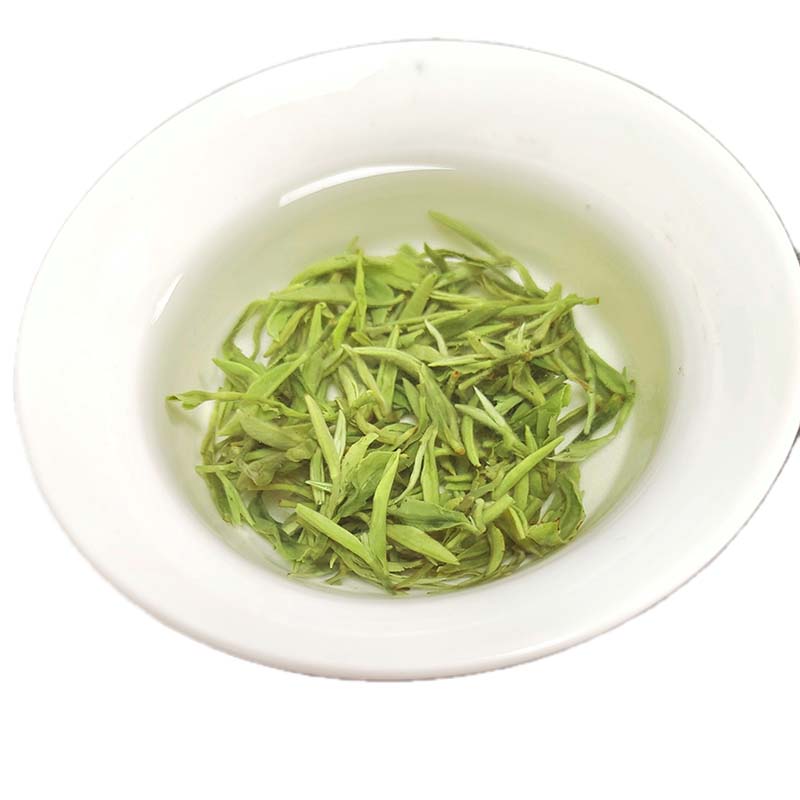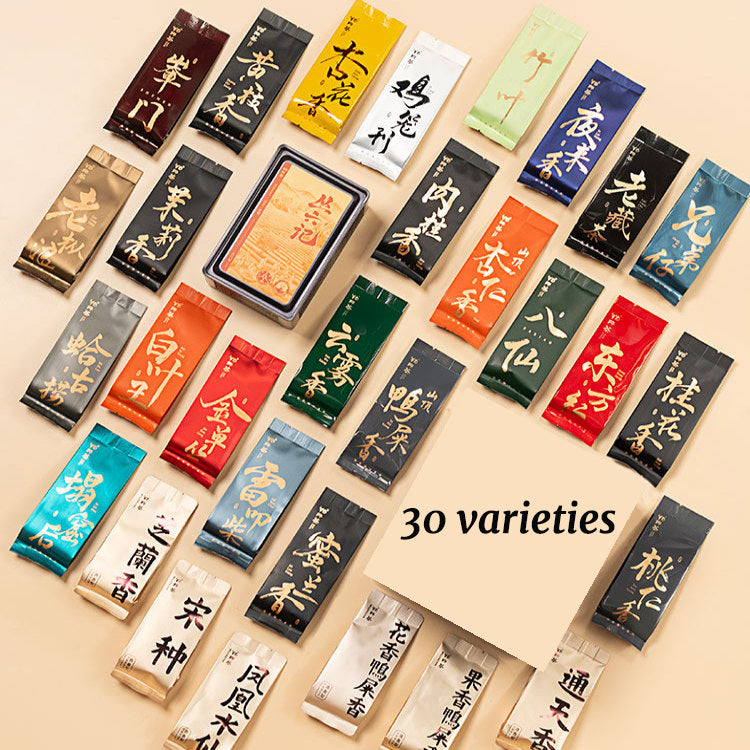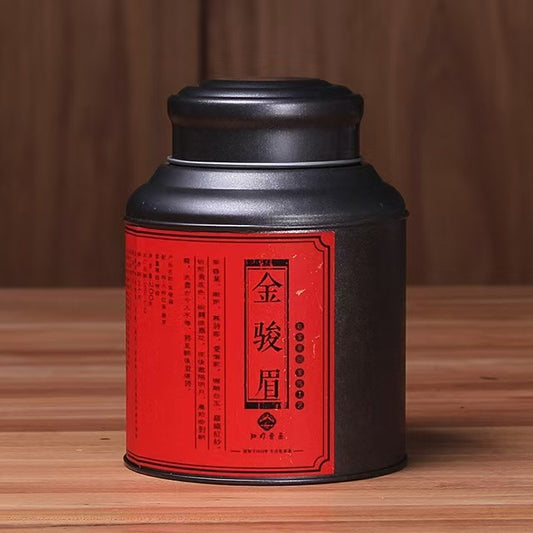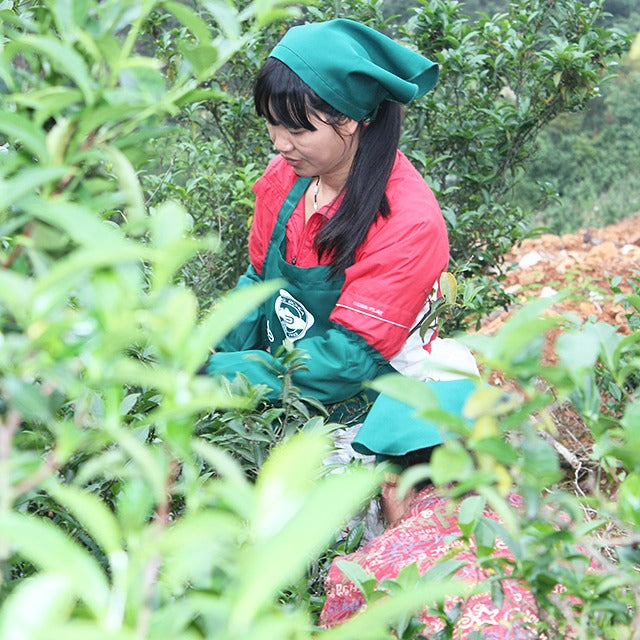The Art and Charm of Tea Sample Packaging
The Art and Charm of Tea Sample Packaging
Tea sample packaging might seem like a mundane element of the tea journey, yet it holds an unexpected charm and significance that can spark delight and curiosity. For the uninitiated, it's the first touchpoint with the tea's promise, and for the seasoned connoisseur, it's the whisper of what's to come. These small packets are more than mere carriers; they're ambassadors of the heritage, craftsmanship, and culture that each tea leaf embodies.
Imagine receiving a parcel, gently unwrapping the layers of thoughtful design, and being greeted by exquisite sachets of tea. Each sample is usually a carefully measured portion, an ode to precision and respect for the tea's character. Whether it’s a first flush Darjeeling, a revered Da Hong Pao, or a delicate Silver Needle, these samples often reflect the meticulous nature in which they were created, providing an intimate glimpse into the lands they hail from. A well-packaged sample can convey the essence of a misty Wu Yi mountain or the tranquil gardens of Longjing.
The materials and aesthetics of tea packaging often nod to a rich cultural tapestry. In Japan, for instance, a simplistic, almost austere presentation might showcase the concept of wabi-sabi — the beauty in imperfection and transience. Meanwhile, Taiwan's vibrant tea culture might boast more colorful, intricate designs, hinting at the complexity and depth of flavors within. The tactile experience of unwrapping the packaging echoes the gradual unfolding of tea’s aroma and taste; each layer peeled back is like accessing another dimension of the tea's story.
Packaging doesn't just protect; it elevates. Thoughtfully crafted boxes or sleeves can also serve practical purposes. For instance, many use resealable or airtight bags to preserve the tea's freshness, ensuring that the vitality of the leaves remains intact from origin to cup. This careful consideration safeguards the nuances — the floral notes of a high-mountain oolong, or the sweet grassiness of gyokuro — making each sip a true reflection of the tea's potential.
Moreover, in a world increasingly conscious of sustainability, many producers are turning towards eco-friendly materials. Compostable pouches, recycled paper, and soy-based inks are not only gentle on the planet but also resonate with consumers who cherish mindful consumption. This shift towards sustainability is a compelling story in itself, a reminder of the interconnectedness between nature, culture, and personal experience.
As you explore different tea samples, take a moment to appreciate the thought and craftsmanship behind what might seem like just another packet. Each one is a canvas that showcases not only the artistry behind tea production but also the dedication to preserving a tradition that transcends continents and centuries. In the end, the simple act of opening a well-made tea sample is much like brewing the tea itself — an experience to be savored, a connection to be cherished.

